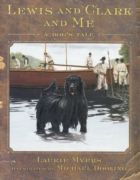
Seaman, Meriwether Lewis’s Newfoundland dog, describes Lewis and Clark’s expedition, which he accompanied from St. Louis to the Pacific Ocean.

Seaman, Meriwether Lewis’s Newfoundland dog, describes Lewis and Clark’s expedition, which he accompanied from St. Louis to the Pacific Ocean.
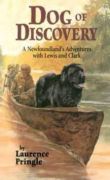
Introduces Seaman, the Newfoundland dog that served as hunter, retriever, and guard dog on the Lewis and Clark expedition through the Northwest Territory of the United States at the beginning of the nineteenth century.
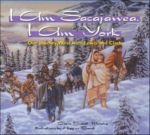
When Lewis and Clark’s Corps of Discovery set out in the spring of 1804, they had chosen to go on an unprecedented, extremely dangerous journey. It would be the adventure of a lifetime. Unlike others in the group, two key members did not choose to join the hazardous expedition: York, Clark’s slave, and Sacajawea, considered to be the property of Charbonneau, the expedition’s translator. The unique knowledge and skills Sacajawea and York had were essential to the success of the trip. The dual stories of these two outsiders, who earned their way into the inner core of the Lewis and Clark Expedition, shed new light on one of the most exciting and important undertakings in American history.
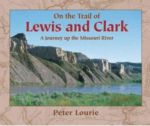
A present-day journey that follows Lewis and Clark’s trail up the Missouri River.
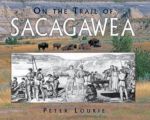
Boyds Mills Press publishes a wide range of high-quality fiction and nonfiction picture books, chapter books, novels, and nonfiction.

Describes the journey of Lewis and Clark through the western United States, focusing on the plants they cataloged, their uses for food and medicine, and the plant lore of Native American people.
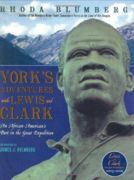
Relates the adventures of York, a slave and “body servant” to William Clark, who journeyed west with the Lewis and Clark Expedition of 1804-1806.
This young, lyrical picture book reveals the adventure and natural wonders that Lewis and Clark encountered on their Western expedition in the early 1800s. Told from the point of view of Jean Baptiste Charbonneau, the baby on Sacagawea’s back, this story offers a fresh perspective of a young country and gives voice to a character readers will already be familiar with–at least visually (the baby is shown on the golden Sacagawea dollar).
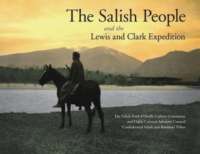
On September 4, 1805, in the upper Bitterroot Valley of what is now western Montana, more than four hundred Salish people were encamped, pasturing horses, preparing for the fall bison hunt, and harvesting chokecherries as they had done for countless generations. As the Lewis and Clark expedition ventured into the territory of a sovereign Native nation, the Salish met the strangers with hospitality and vital provisions, while receiving comparatively little in return. For the first time, a Native American community offers an in-depth examination of the events and historical significance of their encounter with the Lewis and Clark expedition. The result is a new understanding of the expedition and its place in the wider context of U.S. history. Through oral histories and other materials, Salish elders recount the details of the Salish encounter with Lewis and Clark-their difficulty communicating with the strangers through multiple interpreters and consequent misunderstanding of the expedition’s invasionary purpose, their discussions about whether to welcome or wipe out the newcomers, their puzzlement over the black skin of the slave York, and their decision to extend traditional tribal hospitality and gifts to the guests. What makes The Salish People and the Lewis and Clark Expedition a startling departure from previous accounts of the Lewis and Clark expedition is how it depicts the arrival of non-Indians-not as the beginning of history, but as another chapter in a long tribal history. Much of this book focuses on the ancient cultural landscape and history that had already shaped the region for millennia prior to the arrival of Lewis and Clark. The elders begin their vivid portrait of the Salish world by sharing creation stories and the traditional cycle of life. The book then takes readers on a cultural tour of the Native trails that the expedition followed. With tribal elders as our guides, we now learn of the Salish cultural landscape that was invisible to Lewis and Clark. The Salish People and the Lewis and Clark Expedition also brings new clarity to the profound upheaval of the Native world in the century prior to the expedition’s arrival, as tribes in the region were introduced to horses, European diseases, and firearms. The arrival of Lewis and Clark marked the beginning of a heightened level of conflict and loss, and the book details the history that followed the expedition: the opening of Salish territory to the fur trade, the arrival of Jesuit missionaries, the establishment of Indian reservations, the non-Indian development of western Montana, and more recently, the revival and strengthening of tribal sovereignty and culture. Conveyed by tribal recollections and richly illustrated, The Salish People and the Lewis and Clark Expedition not only sheds new light on the meaning of the expedition, but also illuminates the people who greeted Lewis and Clark, and despite much of what followed, thrive in their homeland today.